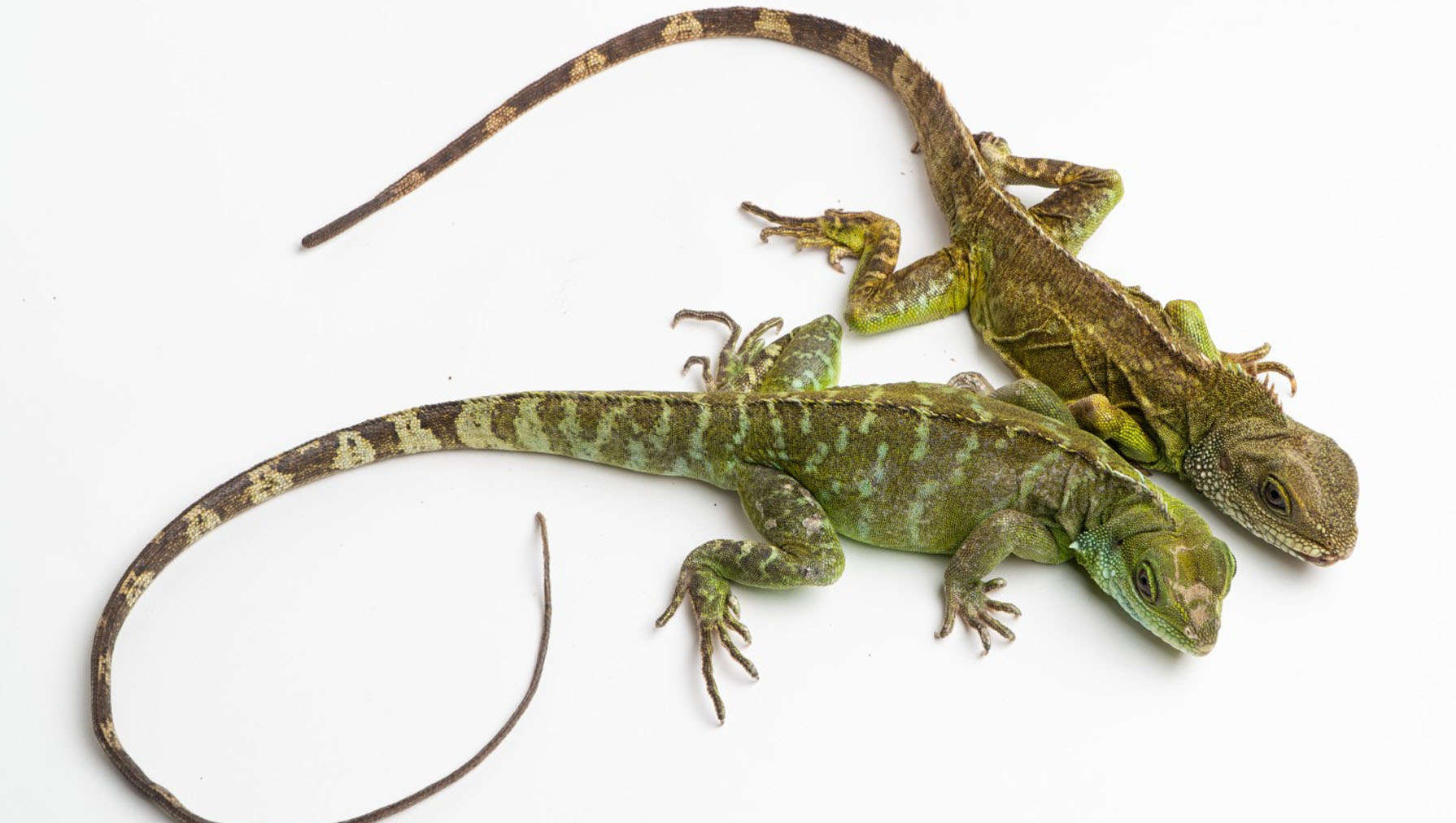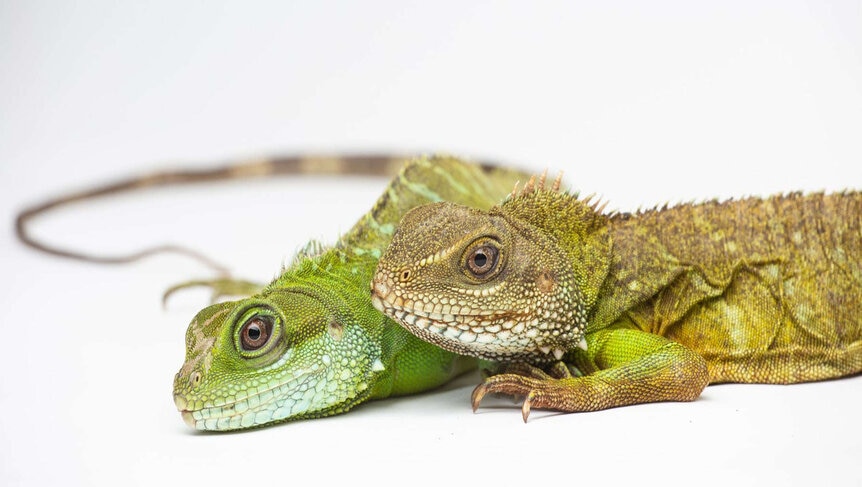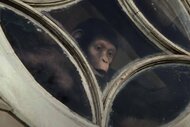Create a free profile to get unlimited access to exclusive videos, sweepstakes, and more!
Some unnatural creatures can replicate themselves without even trying, no mate required

Amoebas and other microorgamisms are usually what asexual reproduction brings to mind. While those Bio 101 textbook images of a brainless blob splitting itself are the stereotype, it gets more bizarre when things like snakes and lizards self-replicate.
Parthenogenesis, literally “virgin birth”, is a phenomenon in which females of a species can asexually reproduce. It is rare but not impossible. In a turn where science is actually stranger than science fiction, some plants, insects, fish, reptiles and birds that can go it alone when it comes to reproducing. Some species reproduce exclusively through this method, but others, such as the lizard (above) that shocked the Smithsonian National Zoo when she hatched a daughter out of nowhere, may do so spontaneously. Scientists believe this trait may be inherited, and the process by which it happens is even weirder than the concept.
How parthenogenesis evolved is sort of speculative. The first life-forms to spawn on Earth are thought to have been bacteria and archaea that kept re-spawning on their own. Meiosis, the process by which a cell divides into four offspring that each have half the chromosomes of the original cell, probably evolved later. Eukaryotes were most likely the first organisms to use meiosis. Though these types of organisms are unicellular, unlike bacteria, they have organelles and a nucleus. It was most likely a glitch in meiosis that enabled parthenogenesis.
Just in case you are wondering why humans and other mammals are incapable of this, that is because they need certain genes that can only come from sperm. Not that it would stop us from living in a Brave New World type of dystopia if human cloning became a thing.
“Parthenogenesis likely evolved subsequently as a sort of ‘malfunction’ in meiosis,” said biologist Mercedes Burns of UMBC. “It might have been advantageous for females to pass on all their genes to the next generation, so the females that experienced these meiosis malfunctions were still successful reproducers. They probably produced offspring that also were able to reproduce asexually as well, and so on and so on.”
But wait. Some species can reproduce both sexually and asexually, like the lizard whose daughter didn’t need male intervention to come into being. There has been some controversy over this. There are scientists who believe that females who can reproduce sexually, but may experience spontaneous parthenogenesis, are not necessarily turning into fully self-replicating organisms. It also doesn’t mean that particular species is evolving into becoming totally parthenogenic. Others think that sexual reproduction will remain dominant in species that can replicate themselves both ways, and that natural selection is anti-parthenogenesis. It will select for sexual reproduction whenever it can.
“I suppose the only way both can be maintained is for both modes to be used every few generations to maintain the genetic machinery for both,” said Burns, who studies Japanese daddy-longlegs spiders that do the same thing.
Pulling off parthenogenesis is not easy, and the phenomenon is not yet fully understood. Females obviously need to be fertile so they can produce egg cells to begin with. For a viable alternative to fertilization that will give immaculately conceived offspring all the necessary genes, the chromosomes inside an egg need to double. Eggs can also get DNA from cells called polar bodies, which are by-products of egg production that usually die off. Parthenogenesis in creatures that can also mate may be switched on or off by environmental triggers. Wingless female pea aphids will produce winged offspring on their own when their habitats are threatened by overcrowding or predators.
There are other species which environmental factors can influence the opposite. Because inbreeding is one of the detrimental results of parthenogenesis, Burns believes a shift in the environment could influence such species to mate so they can spread around more genetic varity and put themselves at less risk for extinction.
“Environmental change usually affects natural selection,” she said. “When a population that is very similar genetically (as you get over evolutionary time in a parthenogenetic population), it could be wiped out if there isn't sufficient genetic variation.”
This is why even artificially induced parthenogenesis may not succeed at saving endangered species that are on the verge of vanishing forever, like the kakapo. These birds are not parthenogenic, but they are severely lacking diversity in their gene pool, to the point that even sexual reproduction doesn't introduce much more. They have such low genetic variation that many eggs never make it to hatching. Still, until we find a way to enrich the genes of species risking extinction, inducing parthenogenesis might temporarily help some of them.
“As long as the species does not have genetic imprinting, as in mammals, it might extend the numbers of a population to bolster an existing captive breeding program,” Burns said.
This is just more proof that biology can write its own science fiction.















